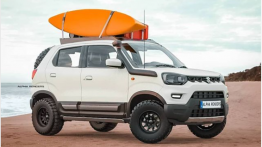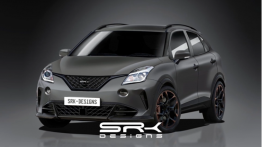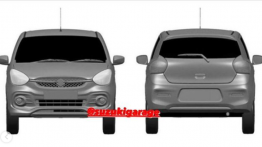With a total sale of 2.55 million units, the passenger car market in India witnessed a 6.05% growth in the calendar year 2018. With a dealer dispatch of 264,612 units, the Maruti Dzire recorded the highest sale in the last calendar year. The Alto, which has been a traditional best-seller, found itself in the second spot with an annual sale of 256,661 units. Compared to 257,732 units sold in 2017, the most affordable model in Maruti Suzuki's lineup witnessed a marginal decline in its popularity.
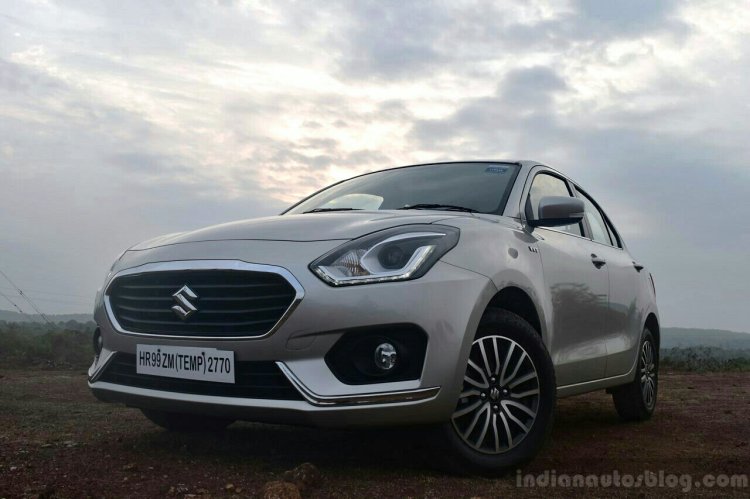
Also Read - 10 cars with great discounts on MY 2018 stock - Mahindra Scorpio to Hyundai Grand i10
The advent of the new generation and the availability of an AMT unit in both petrol and diesel engine variants resulted into a healthy 34% growth in the popularity of the Maruti Swift, which recorded a dealer dispatch of 223,630 units. Even the sales of the Baleno grew by a decent 20% to 210,236 units on a YoY basis. Dealer dispatch of the Wagon R, however, showed a negative trend as it reported a decline of 9%. This can be attributed mainly to the suspension of production of the current model to make way for the next-gen version that goes on sale on 23 January 2019. Furthermore, the lacklustre demand for most small cars also seems to have played a detrimental role.
The biggest loser among the small cars in the Top-20 bestsellers list has turned out to be the Renault Kwid, which witnessed a sharp 28% decline in popularity. The Tata Tiago, however, showed a healthy growth of 30%, with an annual dealer dispatch of 92,286 units as compared to 71,111 units sold in 2017. In spite of an energetic show by a handful of models, the Indian car market, in general, showed a lacklustre performance owing to many factors. While car sales showed rapid growth in the first half of the year, Kerala floods, unfavourable macroeconomics, and increased fuel prices led to a significant drop in the demand from July.
Maruti Suzuki has reported a 2.97% decrease in domestic car sales in December 2018 to 103,954 units* from 107,140 units* in December 2017. Sales of the company have reported a decline in five out of last six months, thereby hinting at a negative market sentiment. Even after the launch of the new Santro and the refreshed Creta, Hyundai Motor India Ltd has reported only a 4.82% rise in sales in December. Mahindra and Mahindra, on the other hand, recorded a 2.91% drop last month to 15,091 units as compared to 15,543 units sold in the same month in 2017.
In December 2018, the top six car manufacturers in India, viz. Maruti Suzuki, Hyundai, Tata, Mahindra and Mahindra, Toyota, and Honda, sold a total of 200,367 vehicles, which is marginally lower than the 200,456 units sold a year earlier. Most auto analysts have cited the tight liquidity conditions and the low buying sentiment as a result of this weak performance by the leading automakers. Even after a sharp reduction in the fuel prices, the buyer sentiment remained low owing to the high interest rates and insurance premiums.
In fact, the most significant drop in demand was witnessed during the 42-day festive season, with sales plummeting by 14% on a YoY basis. As per the Federation of Automobile Dealers Association, the dip in sales was caused by the liquidity crunch faced by financiers. It's noteworthy that the festive season is the most critical period for every carmaker. The car sales usually witness a steep rise as buyers consider this season to be auspicious to make a costly purchase. As much as 30% of annual car sales typically take place during this period.
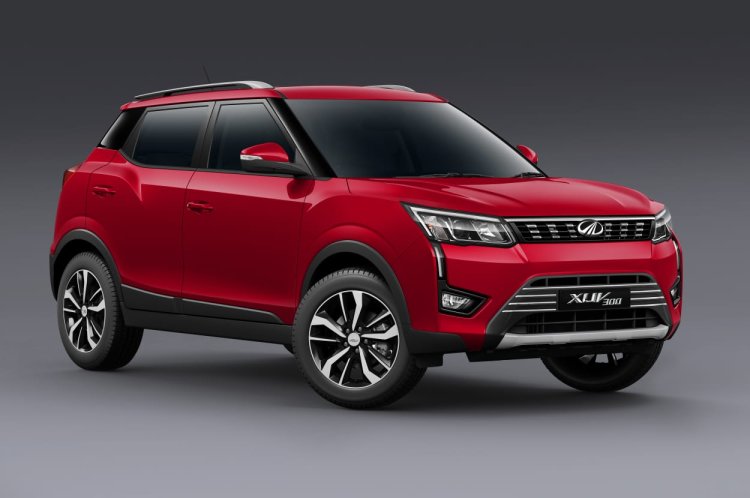
Also See - 10 'bodacious' concept cars/bikes from past editions of Auto Expo
Various analysts expect car sales to show a growth of 7-8% by the end of the current financial year, which is significantly lower than the double-digit growth projected at the start of the year. That said, a rise in buyer sentiment is expected on the back of new launches like that of the new-gen Maruti Wagon R, Mahindra XUV300, Tata Harrier and Nissan Kicks among others.
Top 20 Best Selling Cars in India 2018
| Position | Brand | Model | CY 2018 sales | CY 2017 sales | YoY Difference |
| 1 | Maruti Suzuki | Dzire | 264,612 | 225,043 | + 18% |
| 2 | Maruti Suzuki | Alto | 256,661 | 257,732 | 0% |
| 3 | Maruti Suzuki | Swift | 223,630 | 167,371 | + 34% |
| 4 | Maruti Suzuki | Baleno | 210,236 | 175,209 | + 20% |
| 5 | Maruti Suzuki | Vitara Brezza | 155,466 | 140,945 | + 10% |
| 6 | Maruti Suzuki | Wagon R | 152,020 | 166,815 | - 9% |
| 7 | Hyundai | i20 | 141,104 | 134,103 | + 5% |
| 8 | Hyundai | Grand i10 | 134,249 | 154,747 | - 13% |
| 9 | Hyundai | Creta | 120,905 | 105,484 | + 15% |
| 10 | Maruti Suzuki | Celerio | 100,957 | 100,860 | 0% |
| 11 | Tata | Tiago | 92,286 | 71,111 | + 30% |
| 12 | Maruti Suzuki | Omni | 86,257 | 84,269 | + 2% |
| 13 | Mahindra | Bolero | 85,464 | 81,494 | + 5% |
| 14 | Maruti Suzuki | Eeco | 84,565 | 72,506 | + 17% |
| 15 | Toyota | Innova | 78,130 | 72,349 | + 8% |
| 16 | Honda | Amaze | 67,563 | 28,314 | + 139% |
| 17 | Renault | Kwid | 66,815 | 92,440 | - 28% |
| 18 | Maruti Suzuki | Ertiga | 56,408 | 68,354 | - 17% |
| 19 | Tata | Nexon | 52,519 | 14,062 | + 273% |
| 20 | Ford | EcoSport | 51,973 | 45,146 | + 15% |



